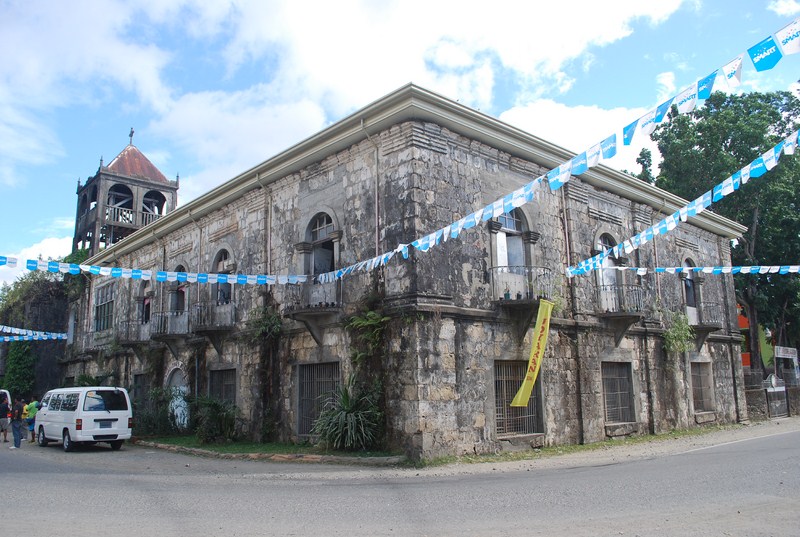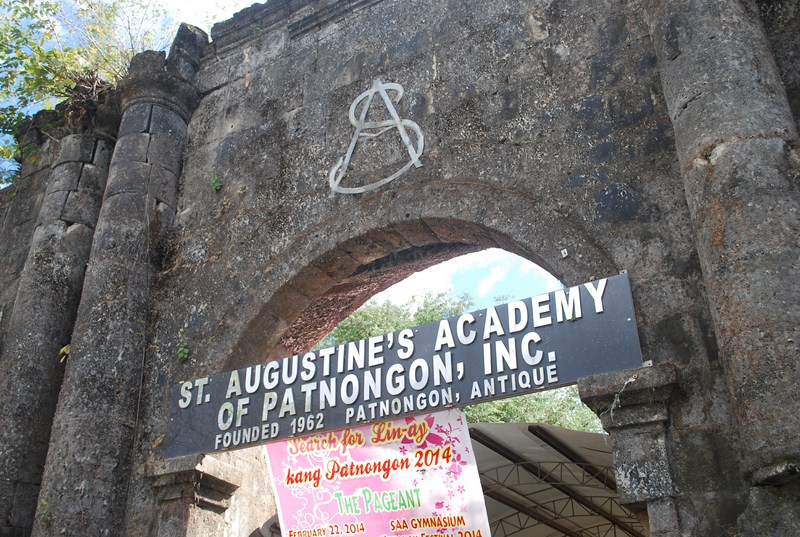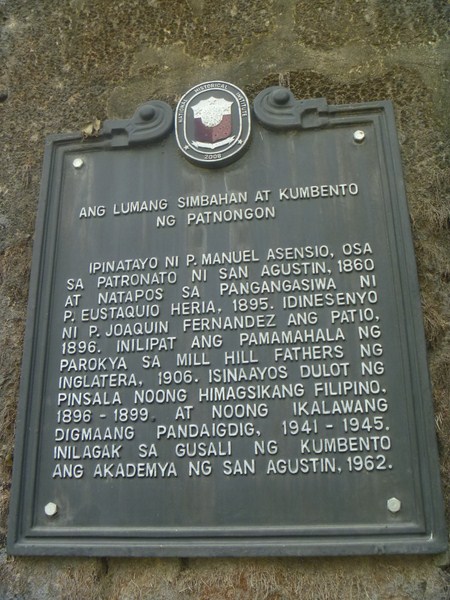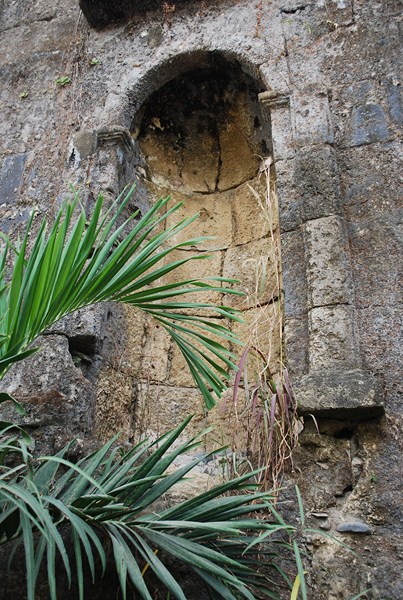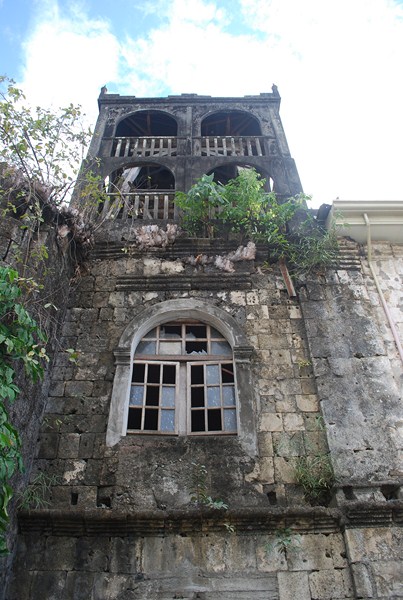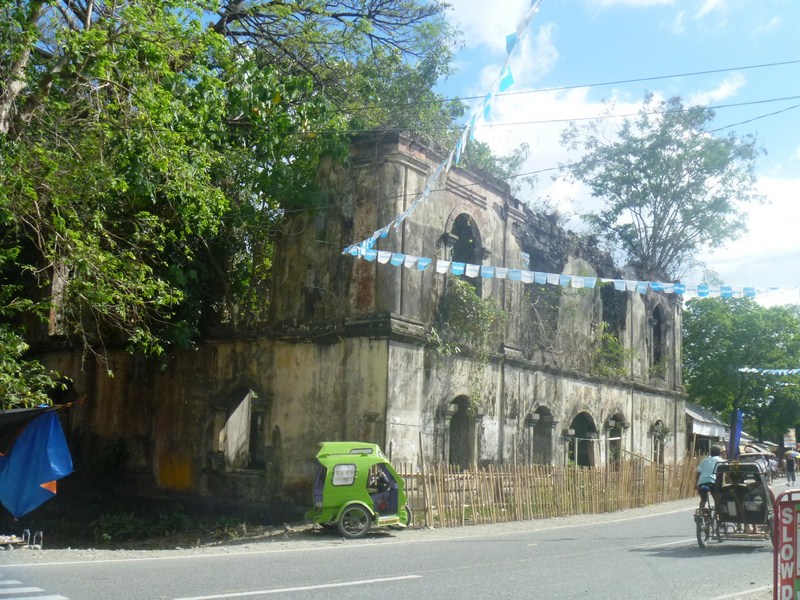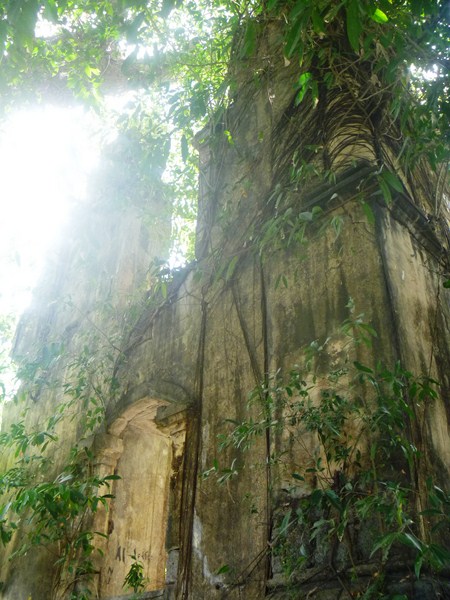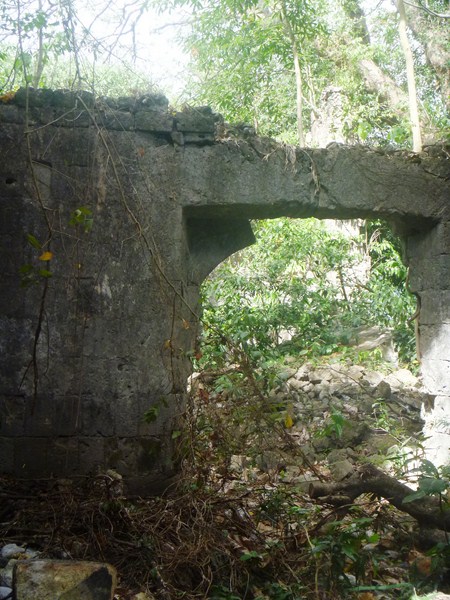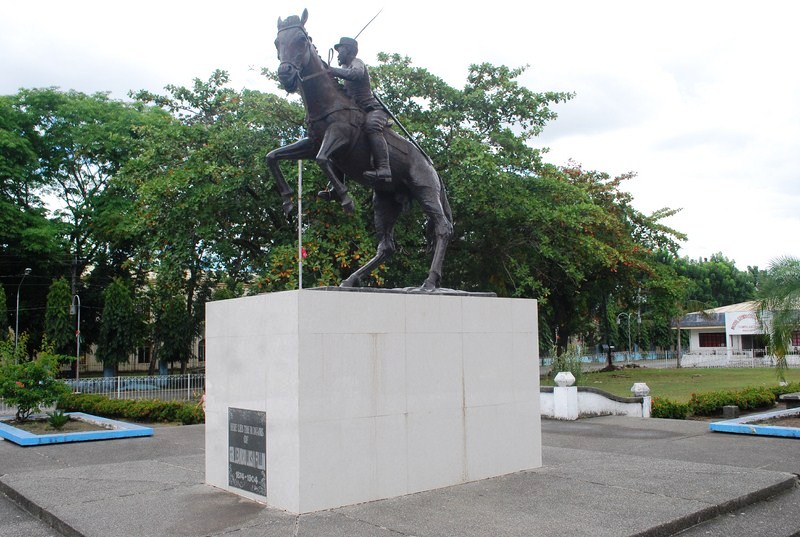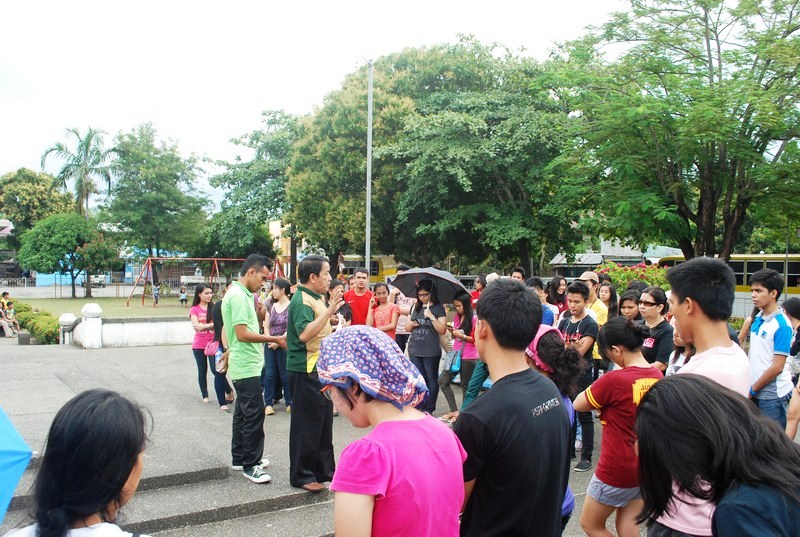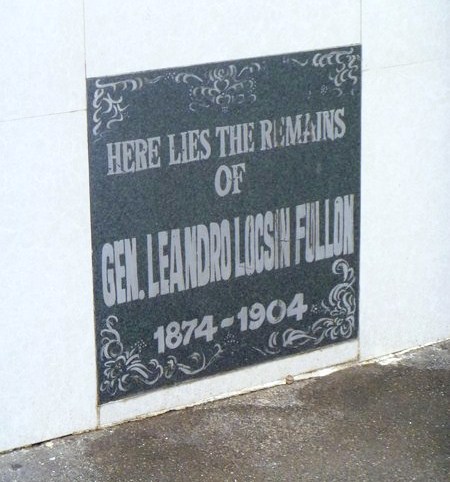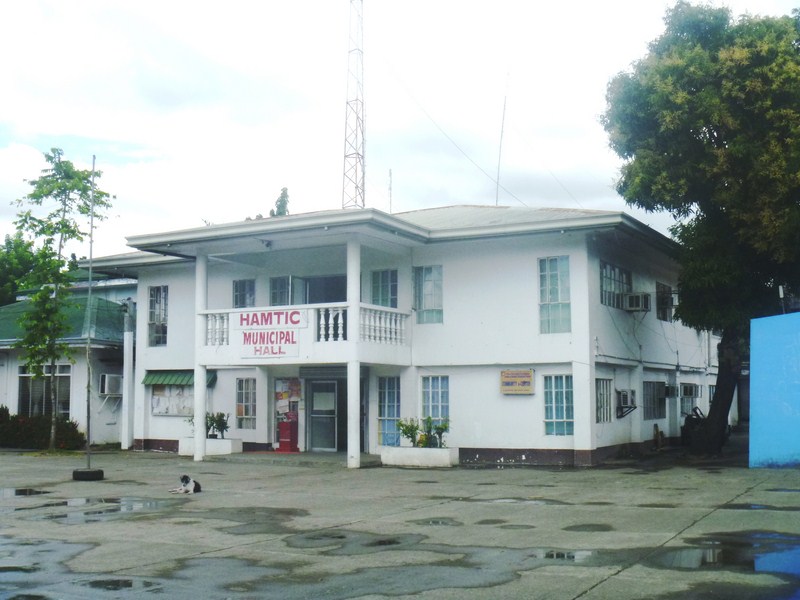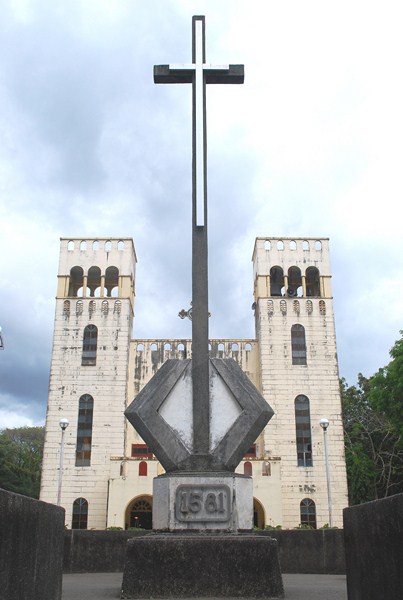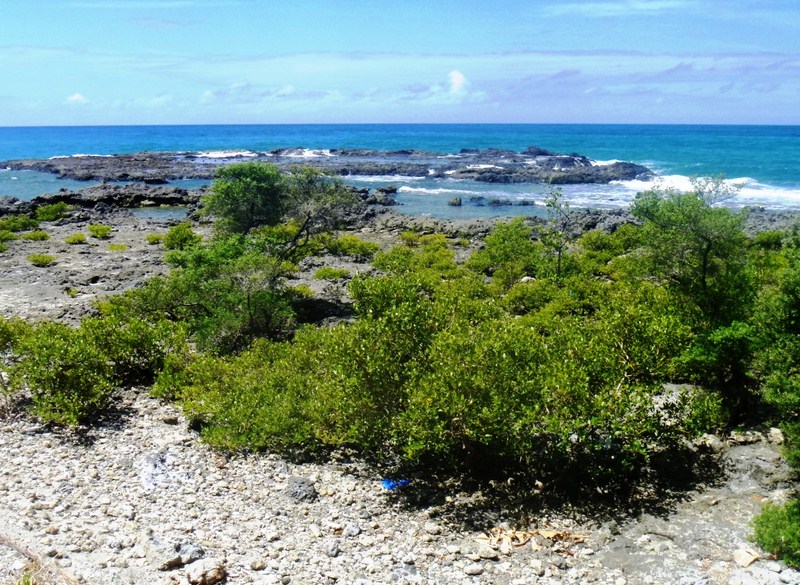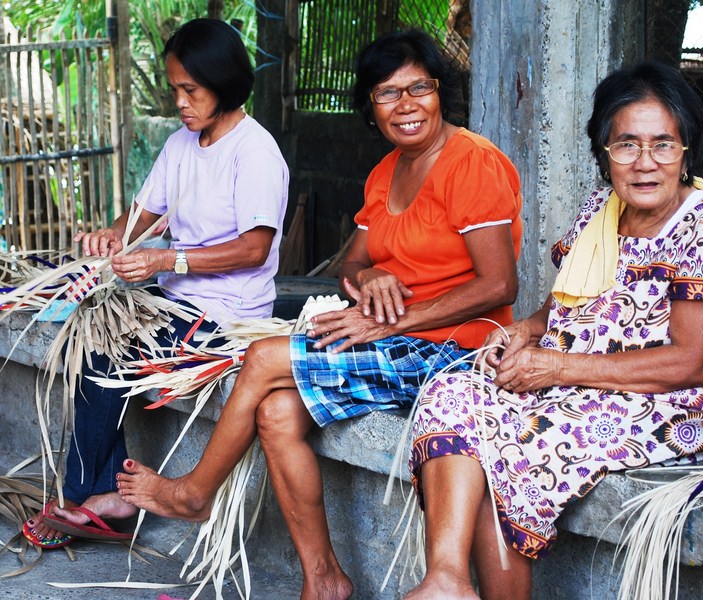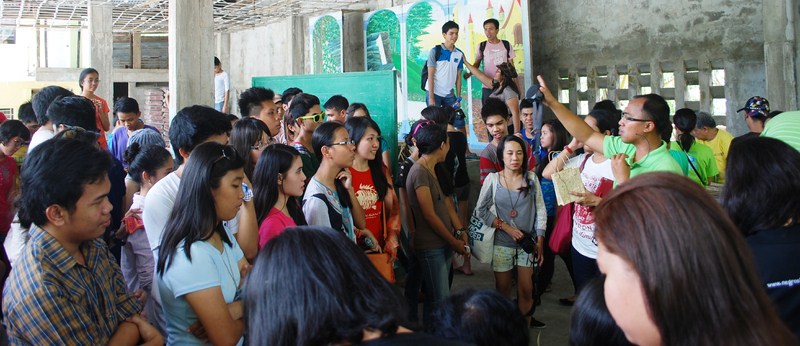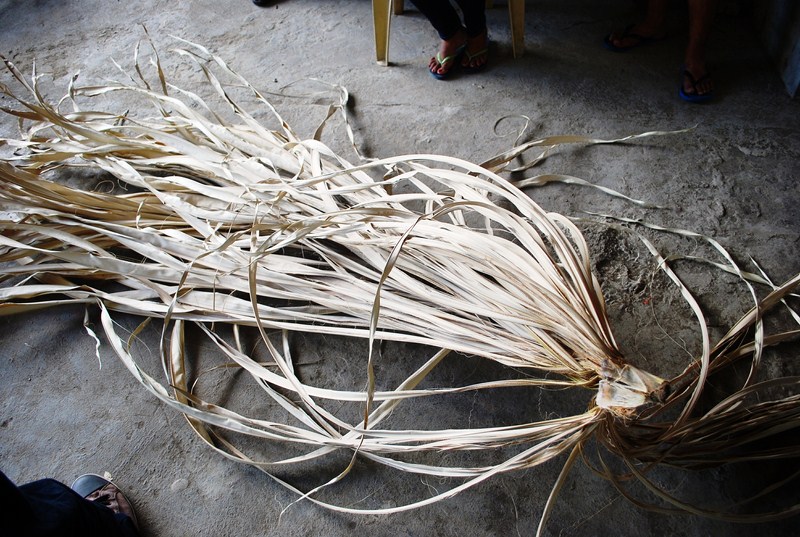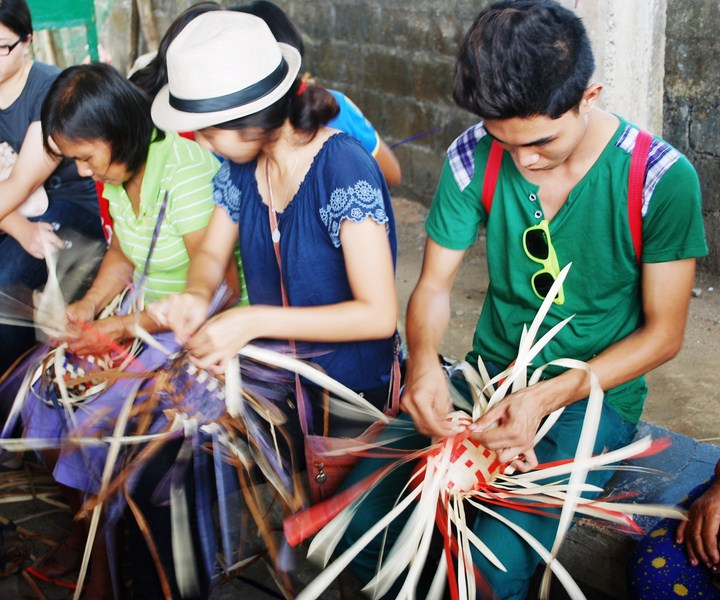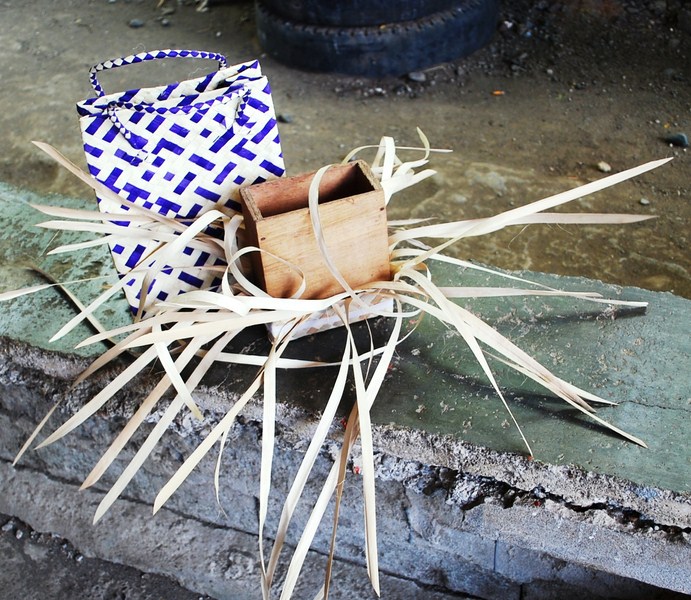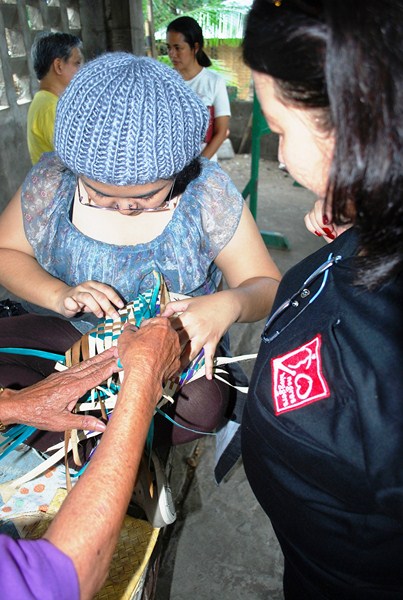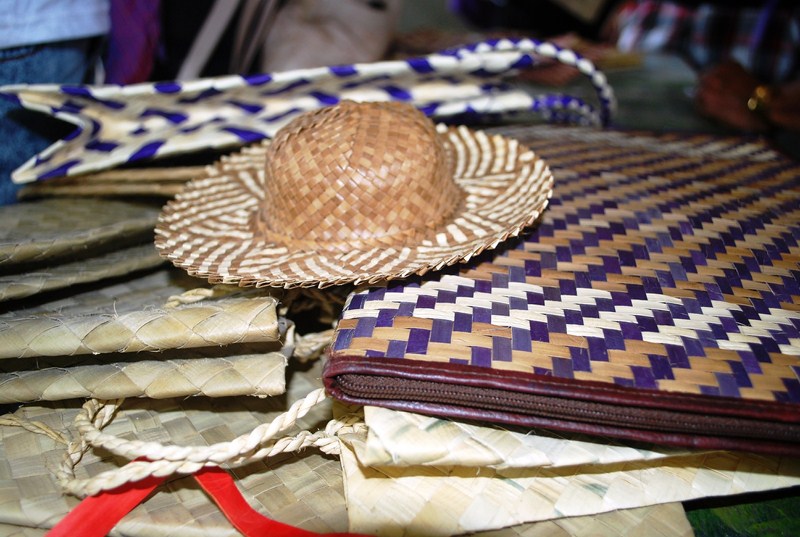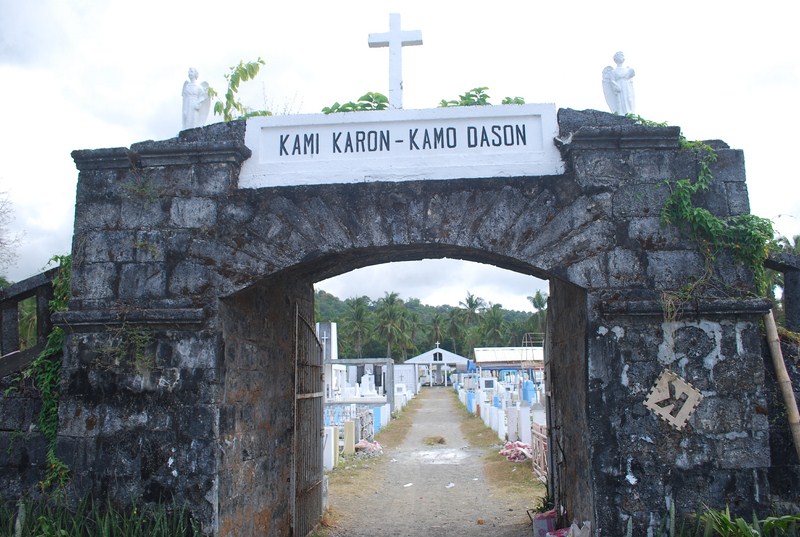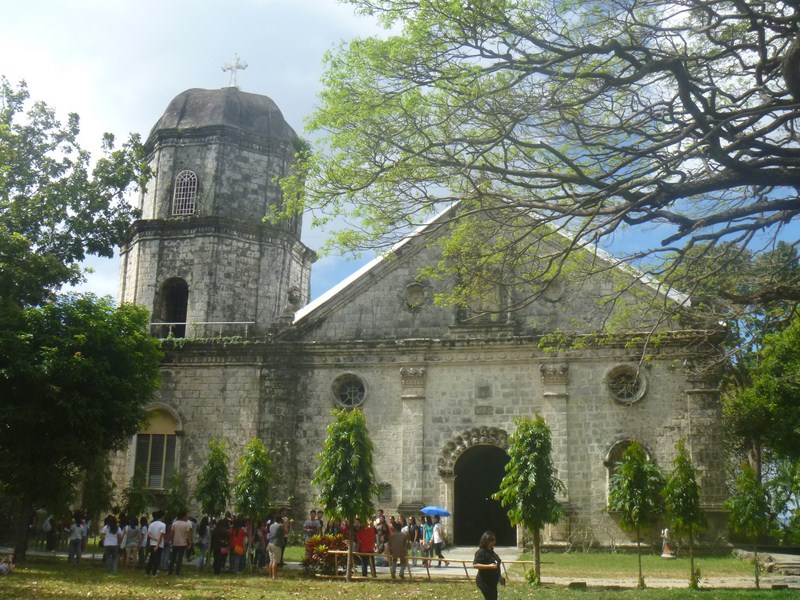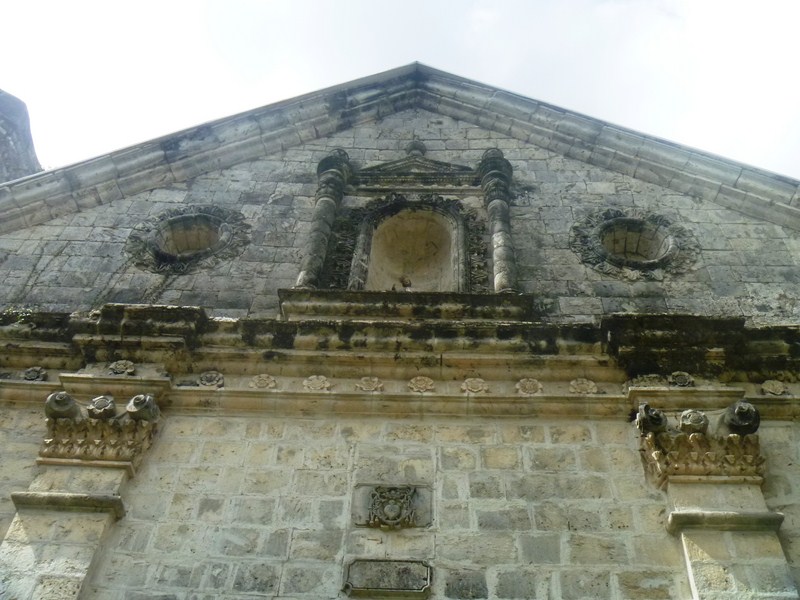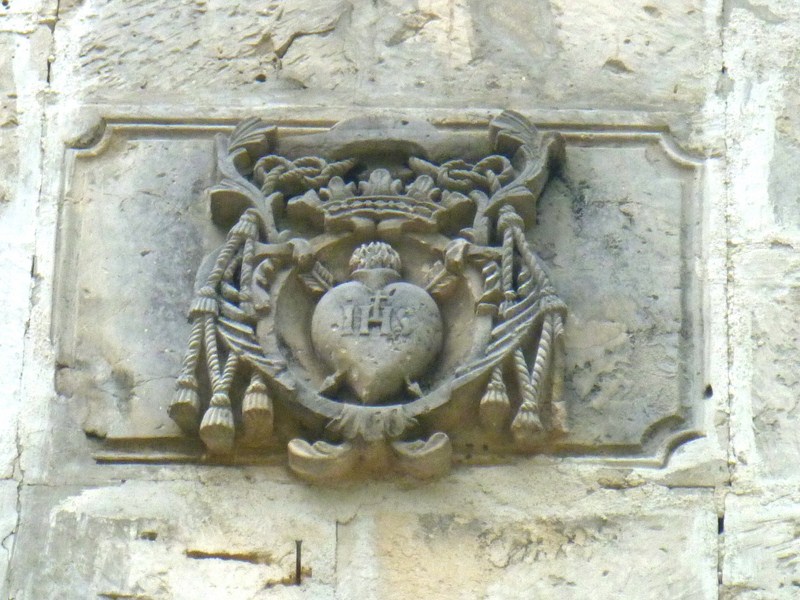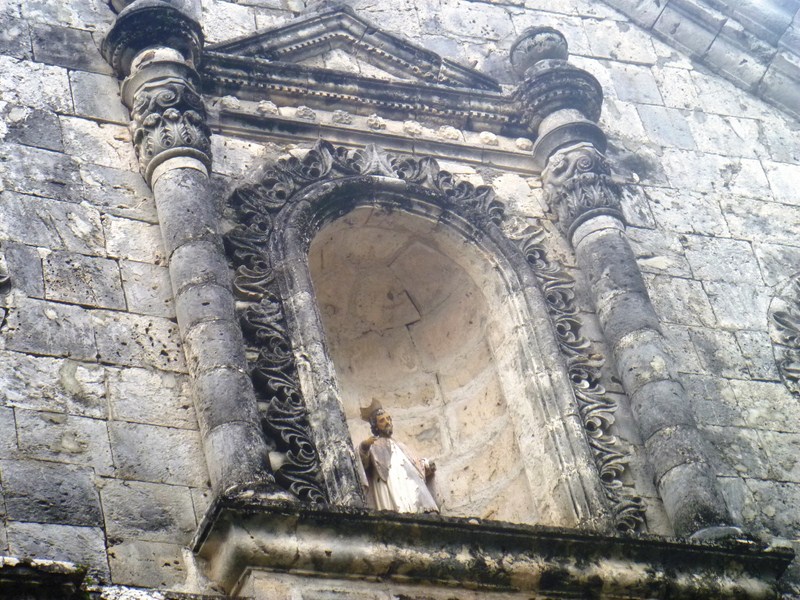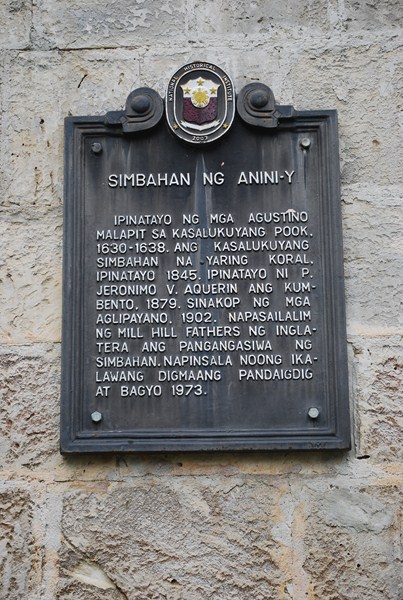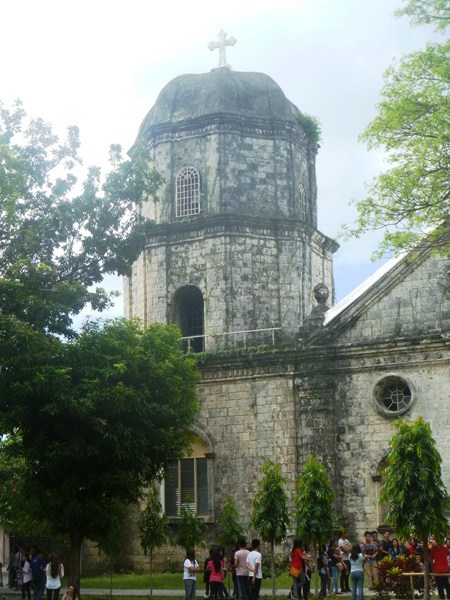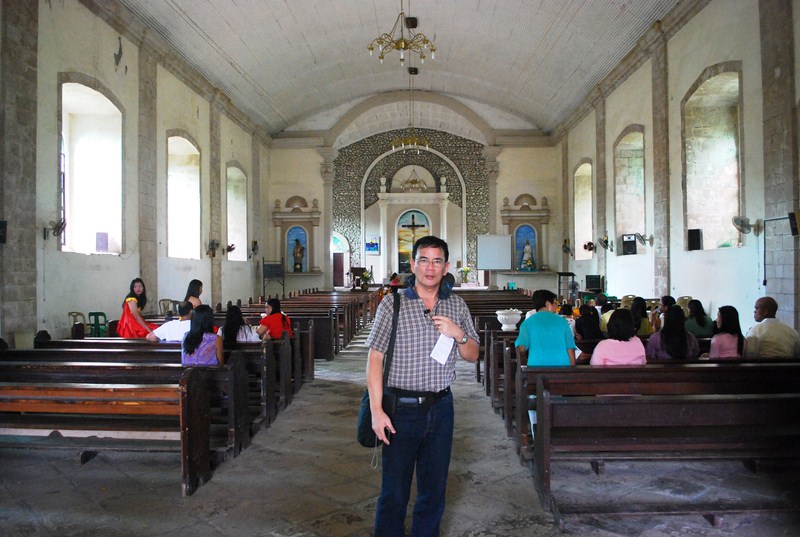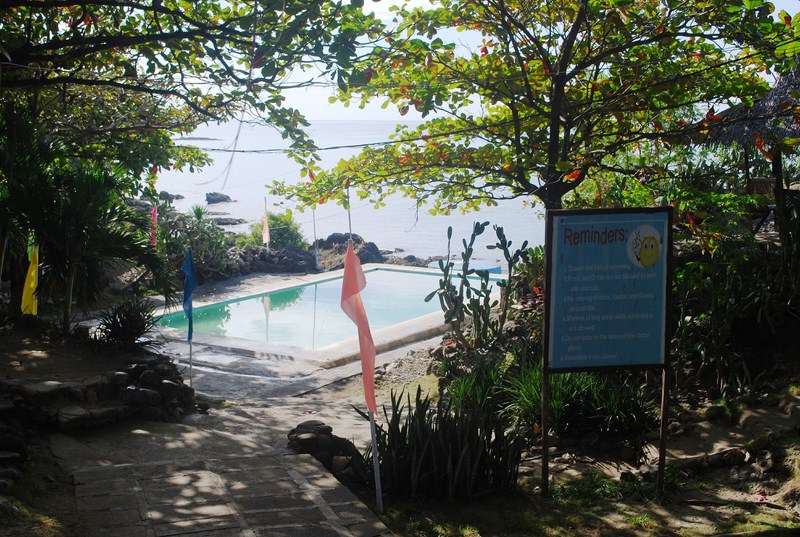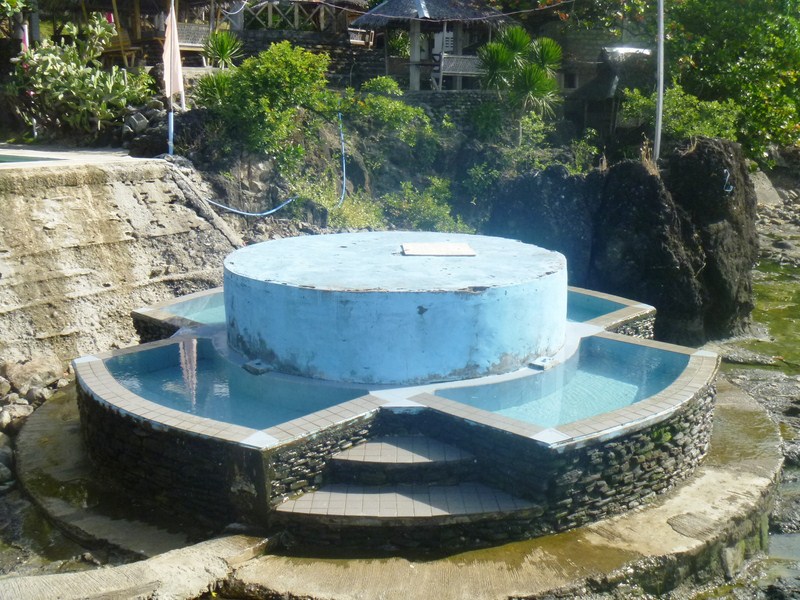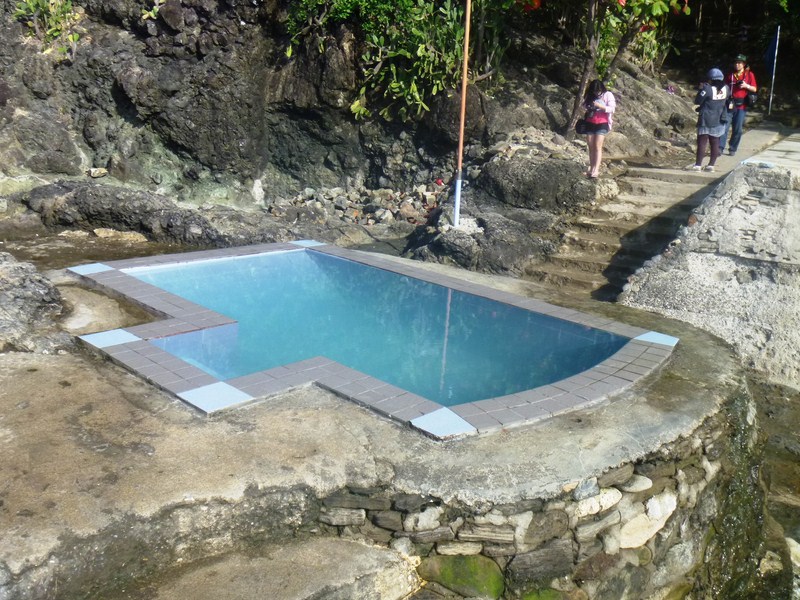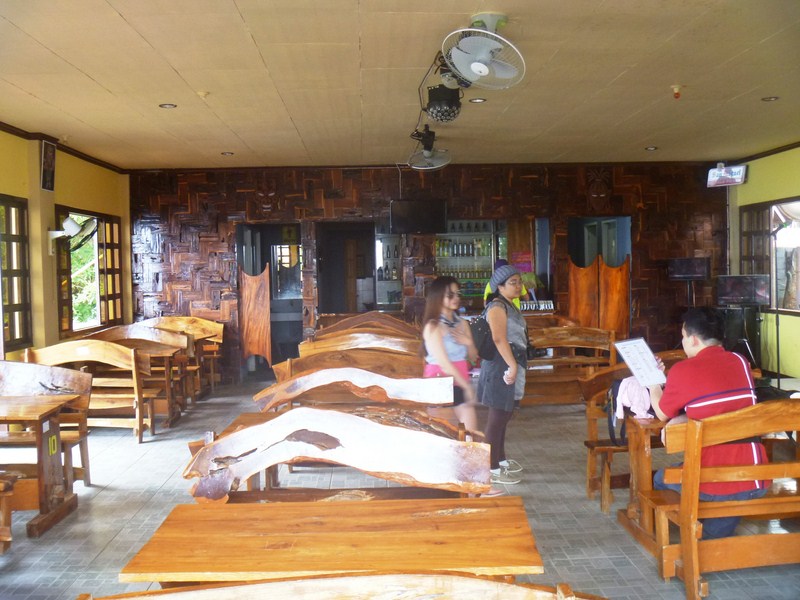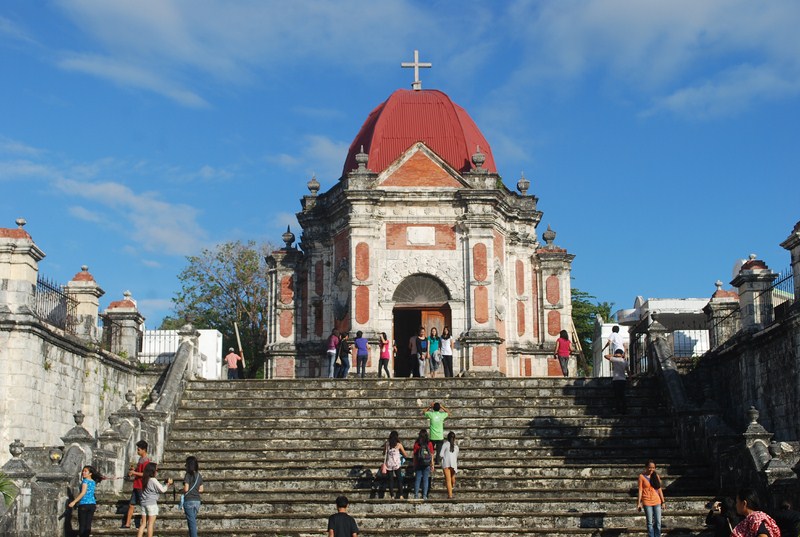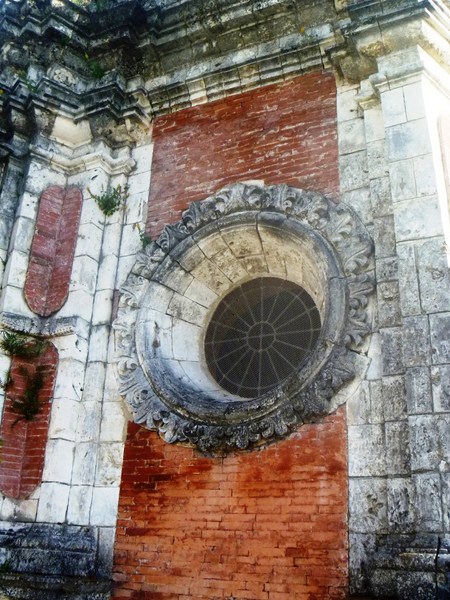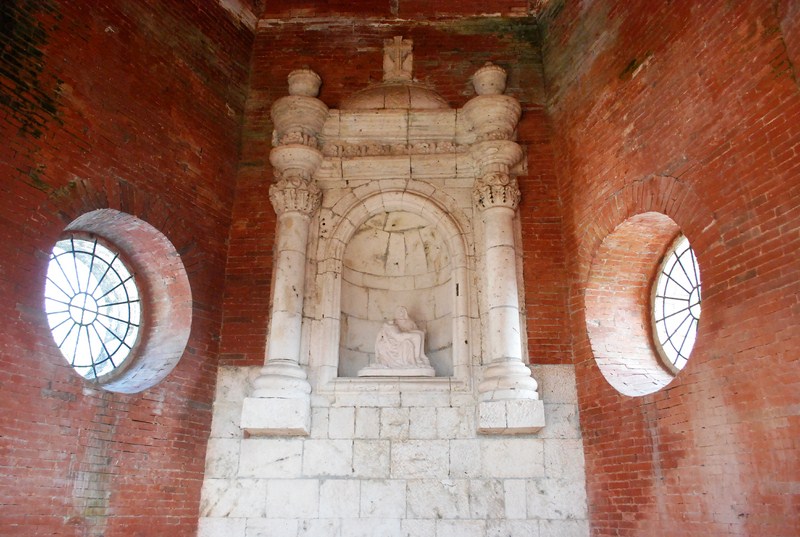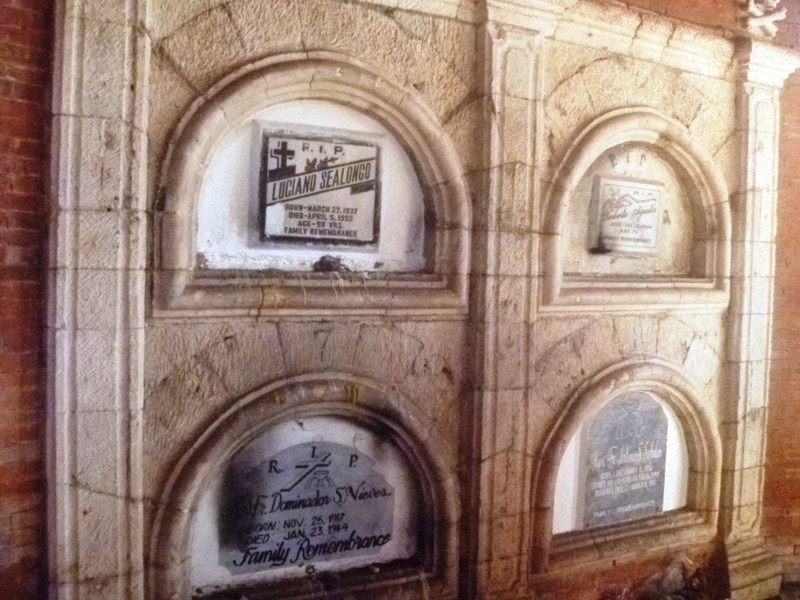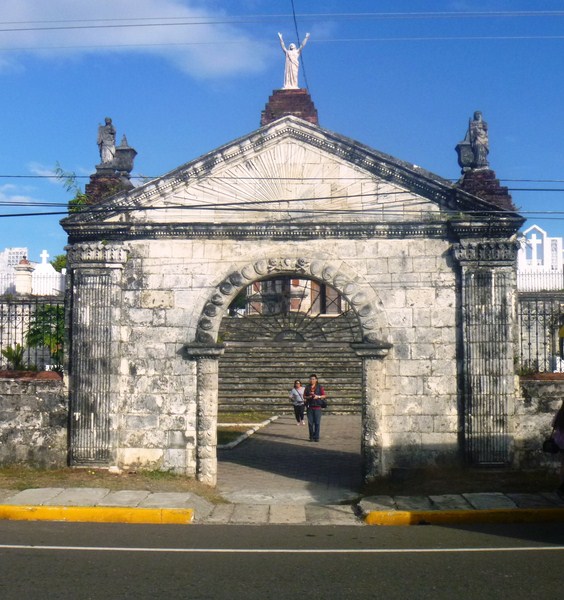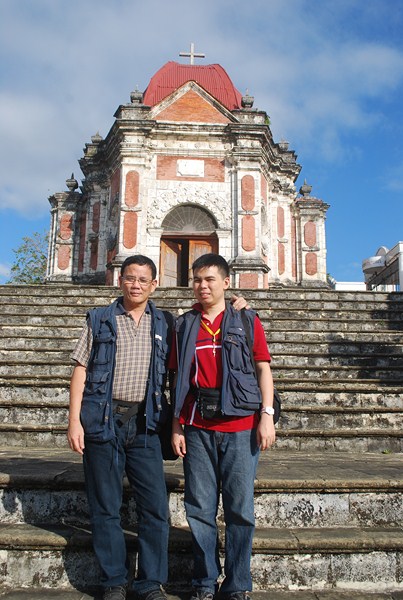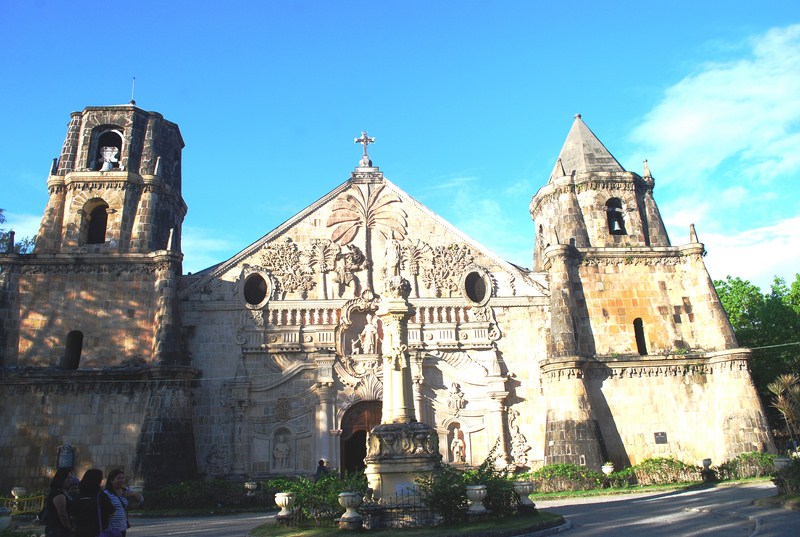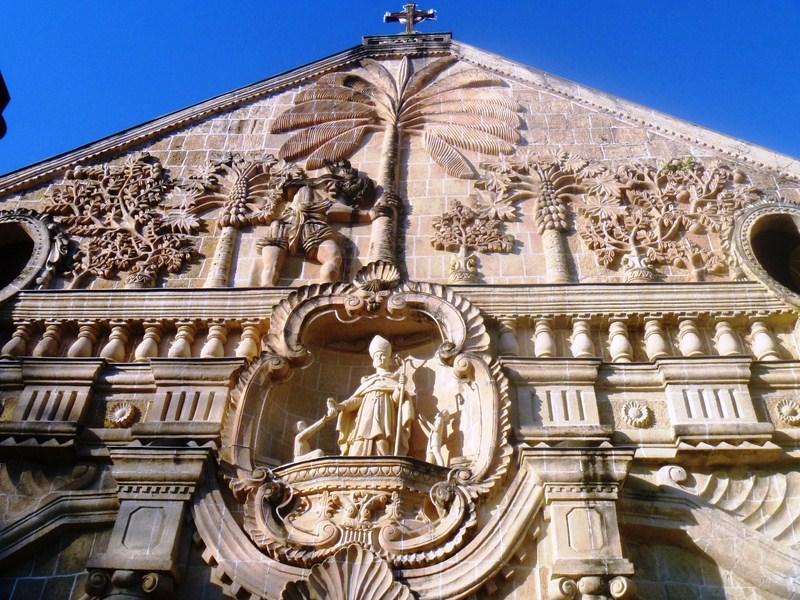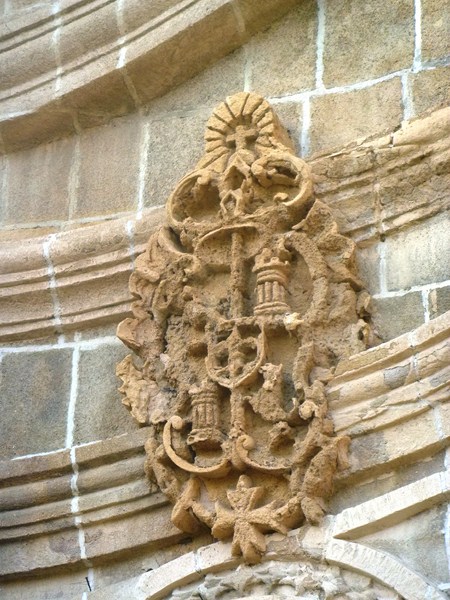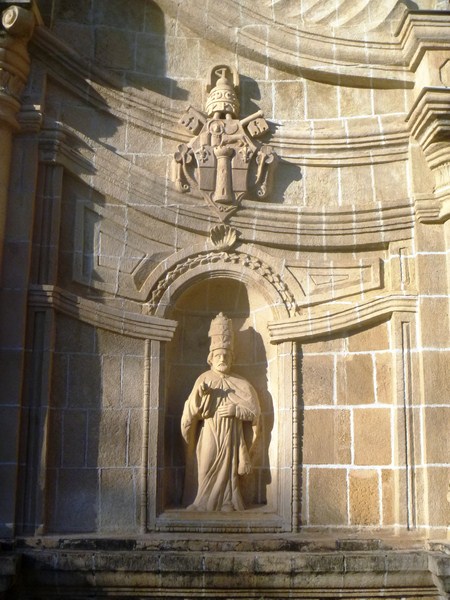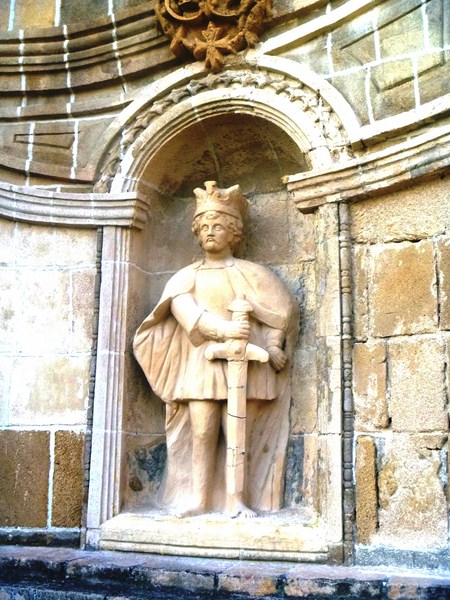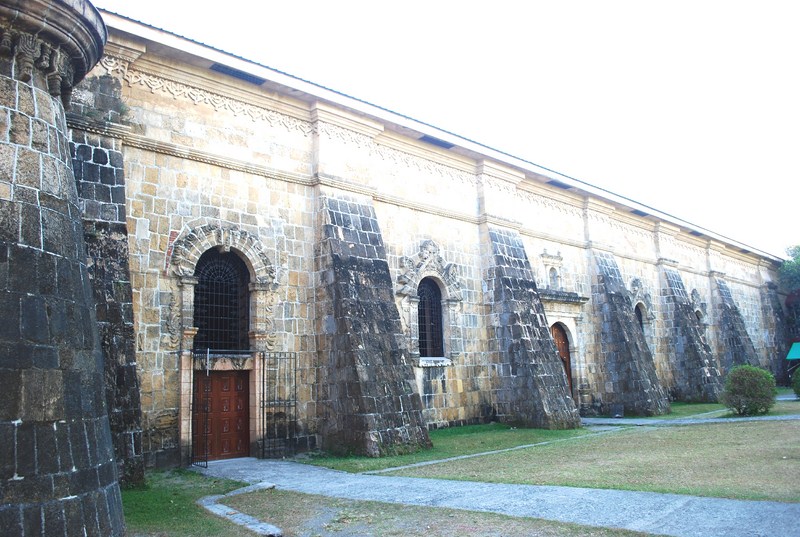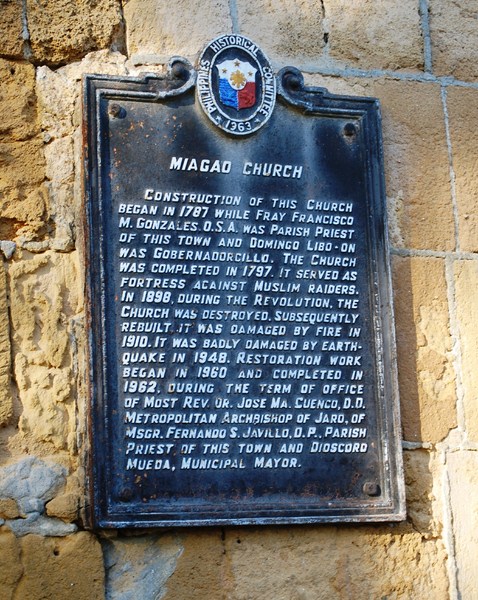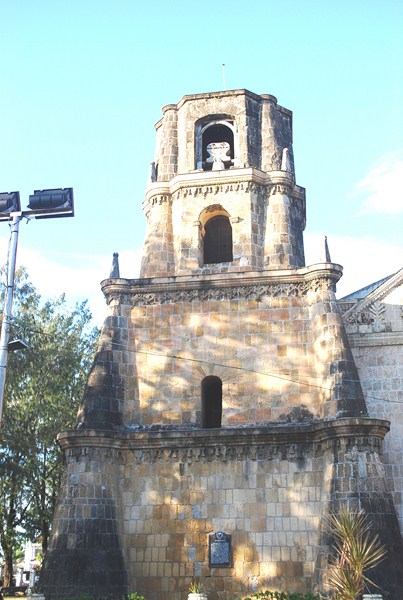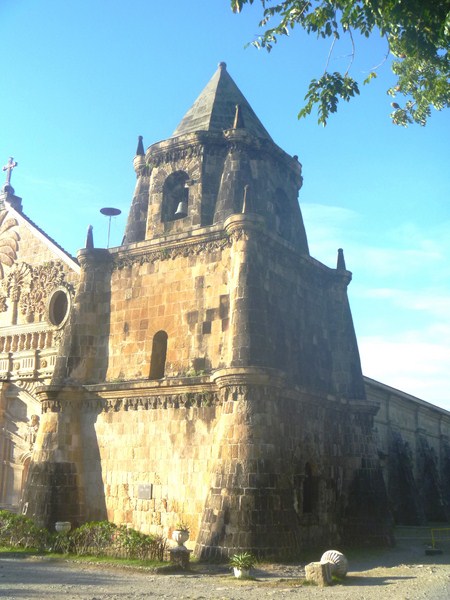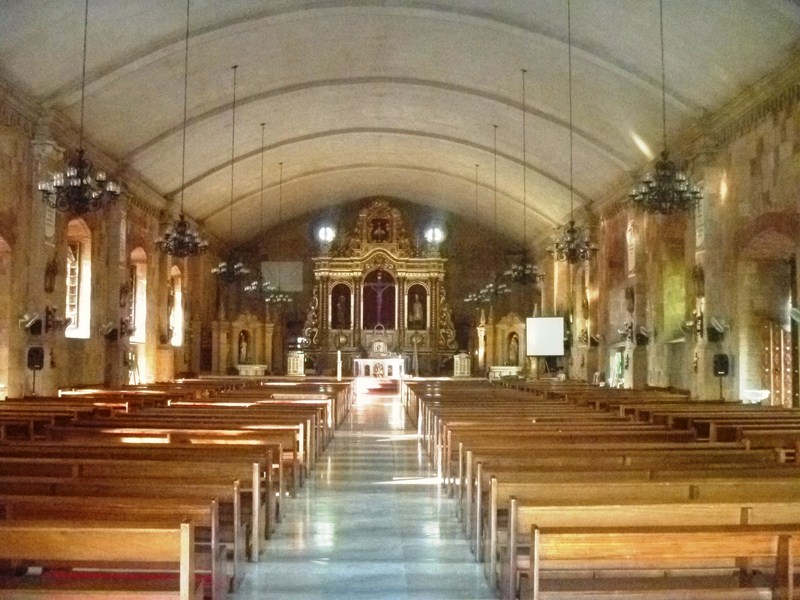From the Gen. Leandro Fullon National Shrine in Hamtic Poblacion, we moved on, 32 kms. away, past the capital town of San Jose de Buenavista and Belison, to the town of Patnongon. Along the National Highway are the ruins of the parish of St. Augustine, once considered the best church in the province.
Started in 1860 by Fr. Manuel Asensio, it was finished in 1895 by Fr. Eustaquio Heria. In 1896, Fr. Joaquin Fernandez renovated the church by adding a patio.
Damaged during the Philippine Revolution, it was repaired from 1896 to 1899 and, in 1906, it was transferred to the Mill Hill Fathers of England. Destroyed during World War II, it was converted to the St. Augustine Academy of Patnongon in 1962.
Nearby are the ruins of the town’s former 2 storey, Spanish-era municipal building. This 15 m. by 21 m., roofless structure is now fenced off, its gray walls slowly deteriorating due to the elements, local government neglect and indifference, and the strangling presence of a balete tree.
I was saddened by the sight of this graphic memorial to our Spanish past being left to rot. In my opinion, it could still be restored and put to good use, either as a museum or a government office. All it takes is political will aside from local government or private sector funding.
How To Get There: Patnongon is located 25 kms. from San Jose de Buenavista, 9.5 kms. from Belison, 17.3 from Bugasong and 122 kms. from Iloilo City (Iloilo).

